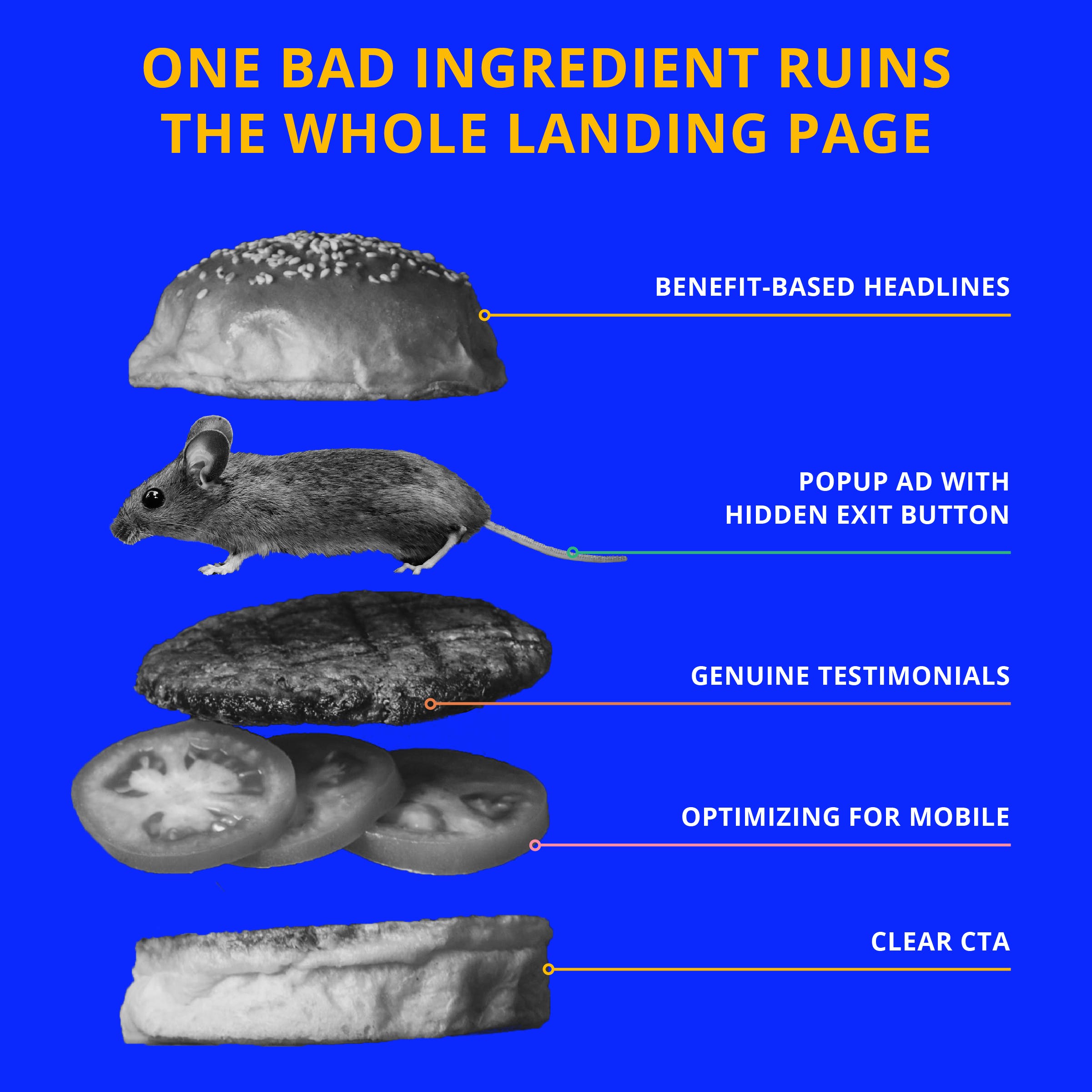
COMING AT YOU WEEK OF 8.17.21
Here’s what’s been going on this week
ONE
Google announced a few changes they’ve made which are meant to protect kids and teens. For instance, they won’t allow you to target ads “based on the age and gender of interest of people under 18.”
TWO
Here’s some advice about how to succeed as a brand on TikTok from their own Global Head of Small Business Solutions.
THREE
The introduction of the Shops tab on Instagram upset a fair amount of users, but Insta is moving full steam ahead. They’ve been testing how ads will work on on this new feature. Check out this article if you want to learn more.
SEO
Get up-to-speed on keyword difficulty
When you choose keywords for your SEO strategy you might use tools like Ahrefs, Moz, and Semrush to provide metrics like search volume, cost-per-click (CPC), and keyword difficulty (KD).
To help you understand those metrics, we’re gonna break down what keyword difficulty is and how you should account for it when choosing your organic keywords. (A lot of our links today lead to definitions to help you answer questions like, “What exactly are organic keywords?” and “What really is a backlink?”)
What is keyword difficulty? Tools, like those mentioned above, provide ratings for how challenging it is to rank well for a keyword. This info helps you to make strategic decisions, like if you want to spend resources on a term that’s difficult or if you can plan on a term ranking well sooner than others.
How do tools determine keyword difficulty? Each tool has their unique ways of determining keyword difficulty. Here are three examples.
Ahrefs bases their KD score purely on the number of backlinks the top 10 ranking pages have.
|
|
Moz has a more complex formula that takes into account how well the pages that currently rank for the keyword are optimized (page authority) and how well their sites are optimized (domain authority).
Semrush looks at the “authority of the domains that are showing up on the results page and then estimates how hard it would be for a new website to outrank its current competitors.”
Should I go after high- or low-difficulty keywords? Let’s compare this to food, because yummm. Just how your body needs both carbs and protein to function, your business needs both high- and low-difficulty keywords to have a successful SEO strategy.
You need low-difficulty keywords because you can rank sooner for those keywords; like how eating a piece of fruit can give your body energy relatively fast. You need high-difficulty keywords because they’re like proteins. It takes your body longer to get energy from eating a piece of chicken, and it takes longer to rank for keywords with a high difficulty.
Your SEO strategy can feed off of the traffic that will come when you rank for low-difficulty keywords while you work to rank well for high-difficulty terms.
Ultimately, you need to weigh all the different metrics (CPC, volume, and KD) when deciding your keyword strategy. You might be wary of a high-difficulty keyword, but then you notice that it has seriously high volume (and is therefore likely to bring a lot of traffic to your site).
Have at it, friends!
Watchout
